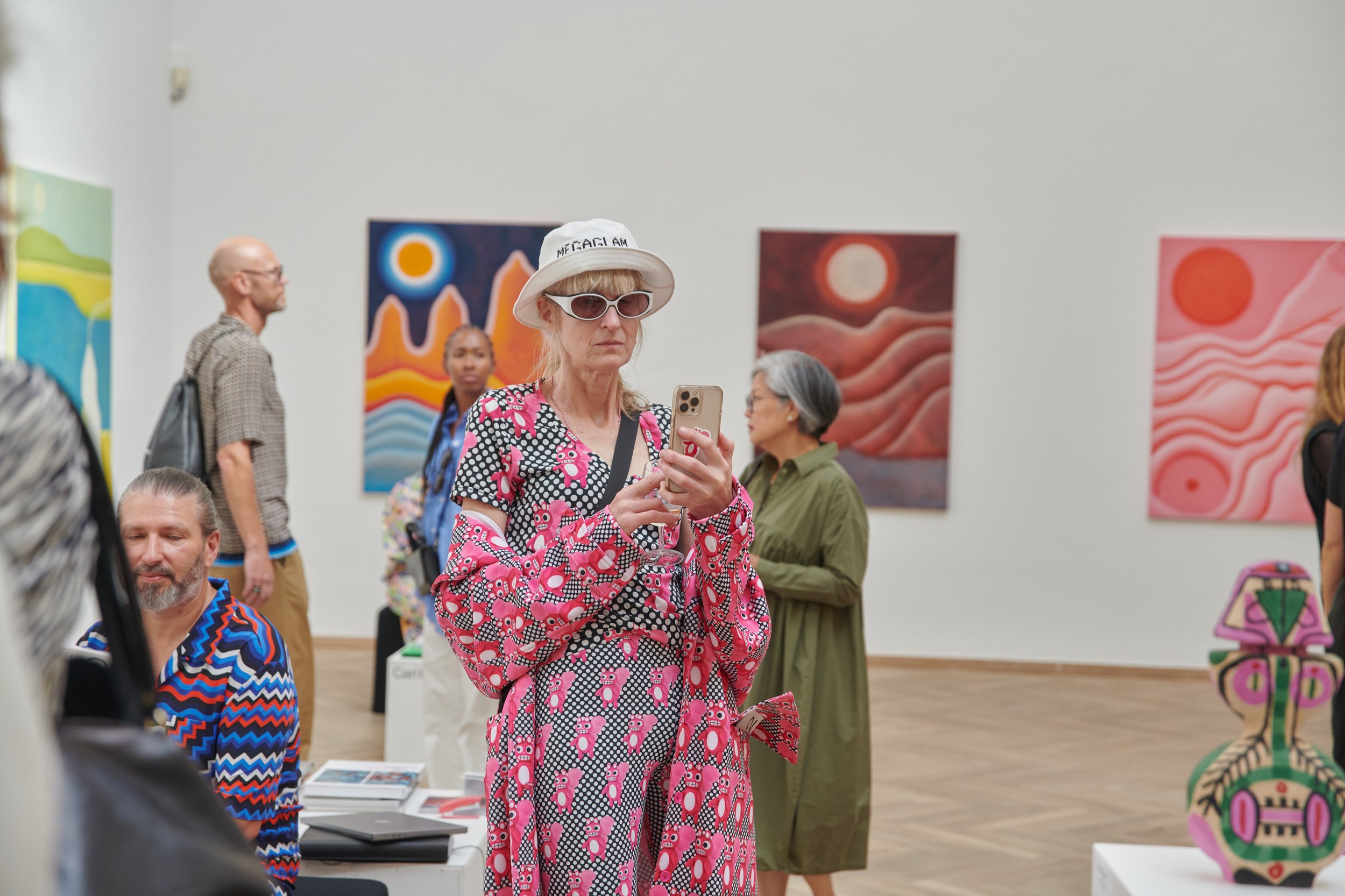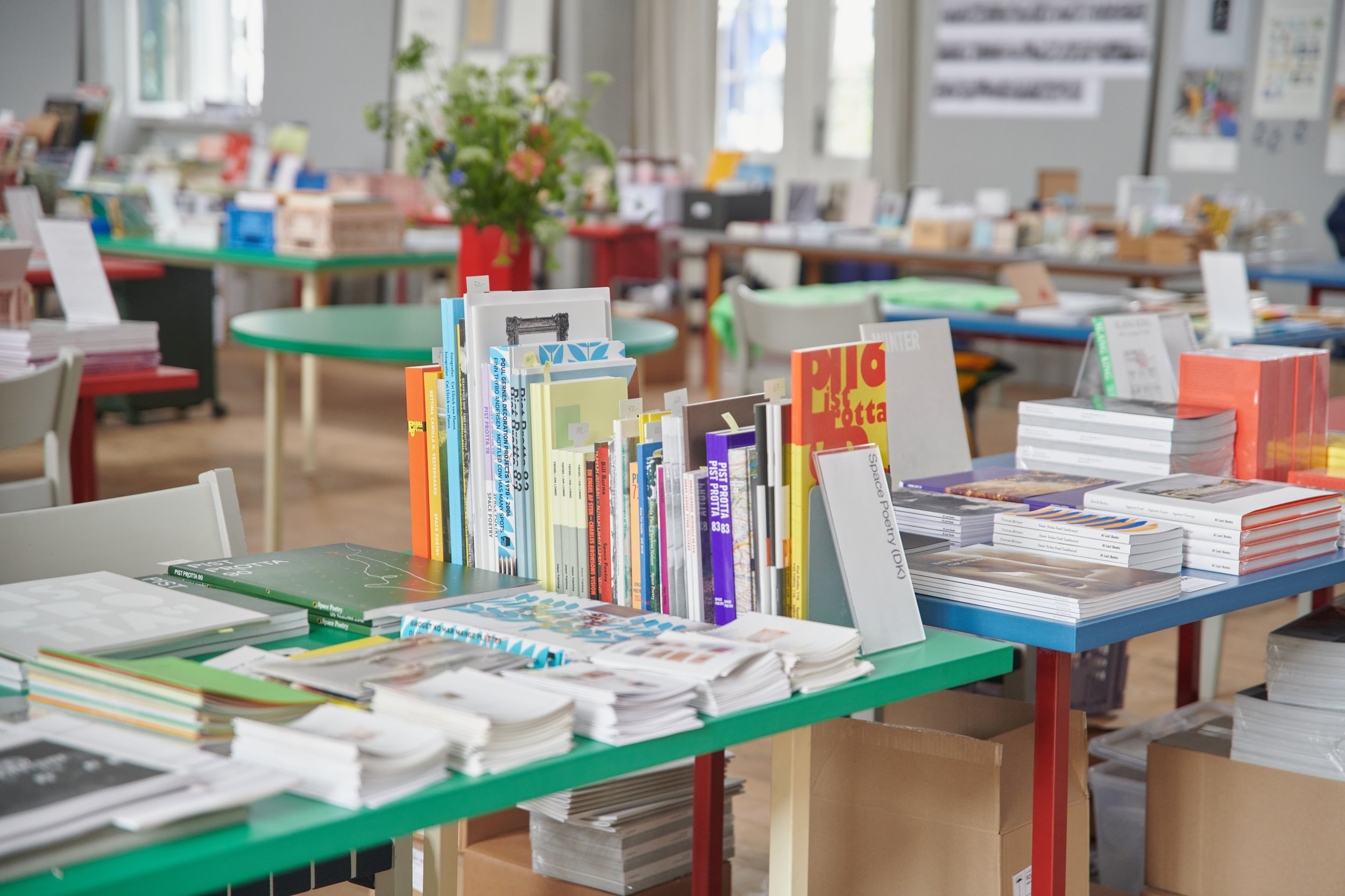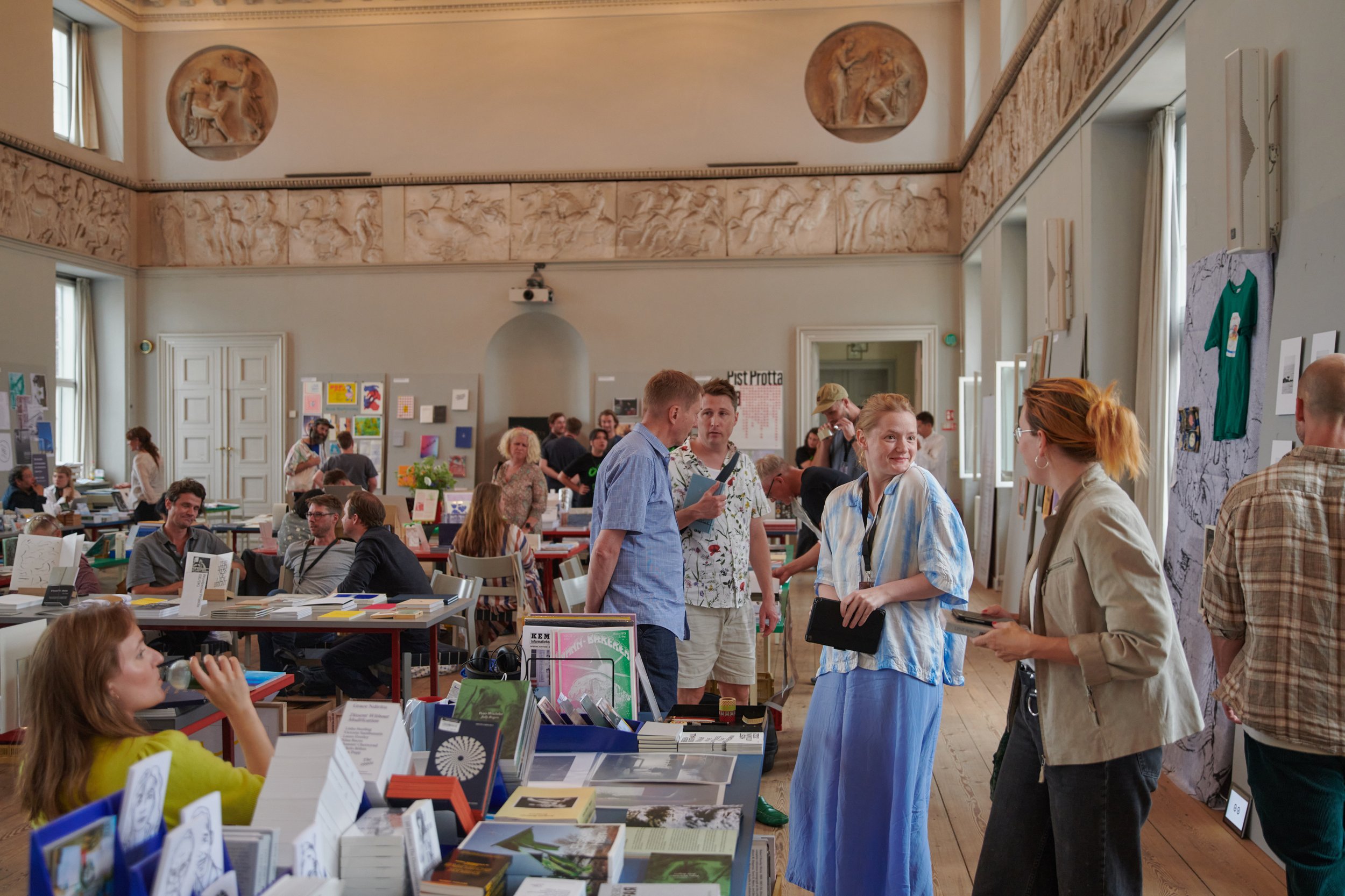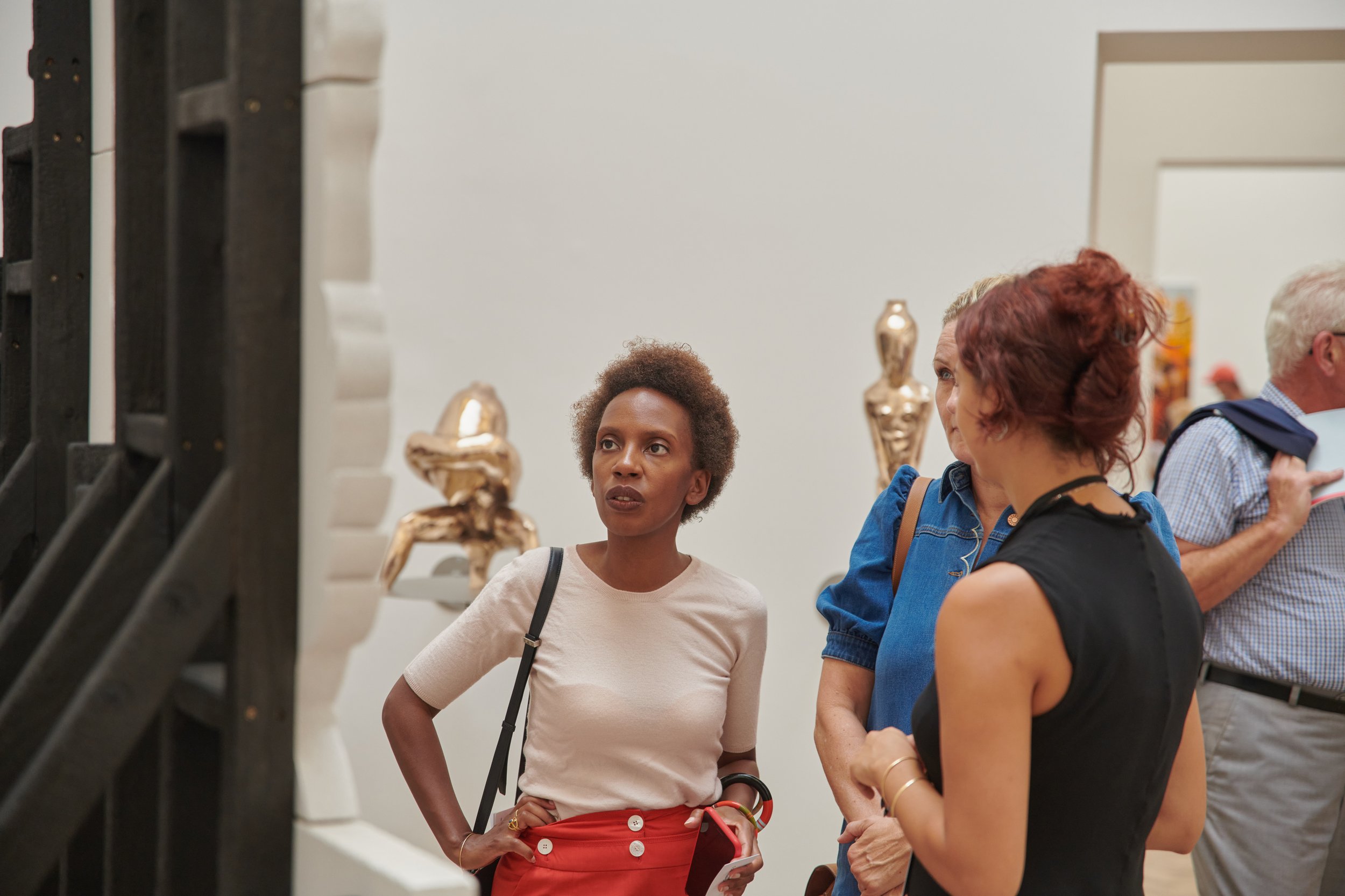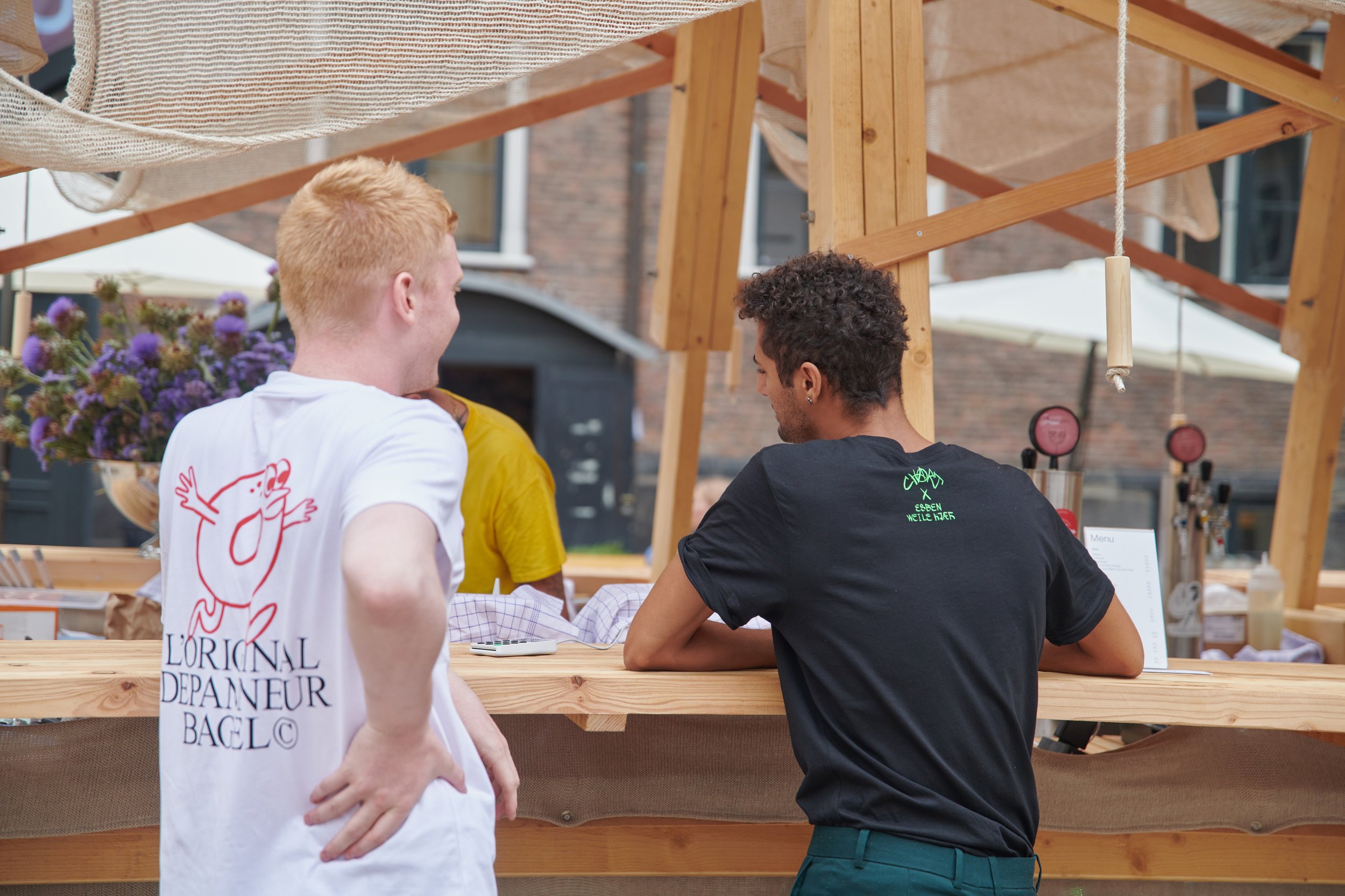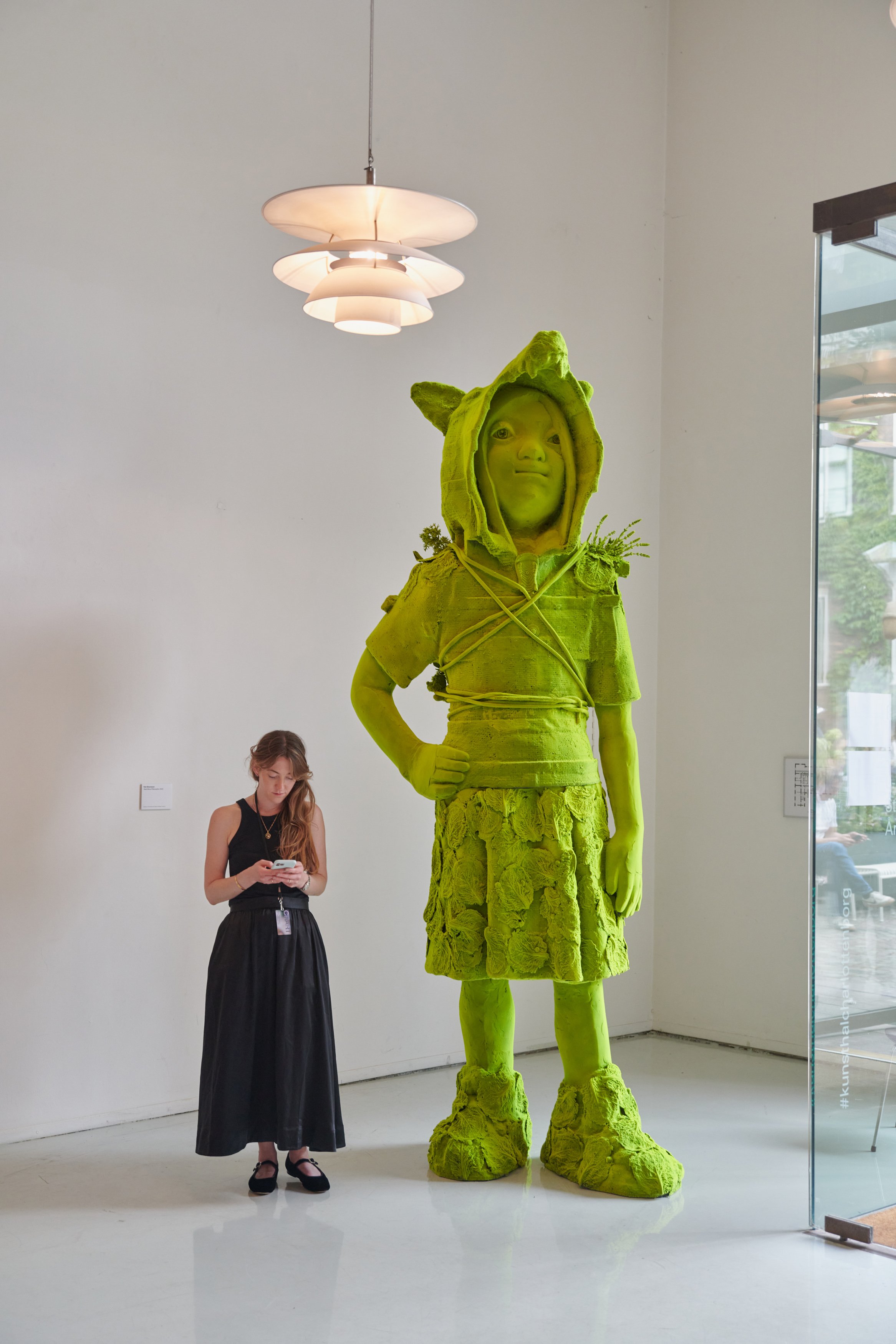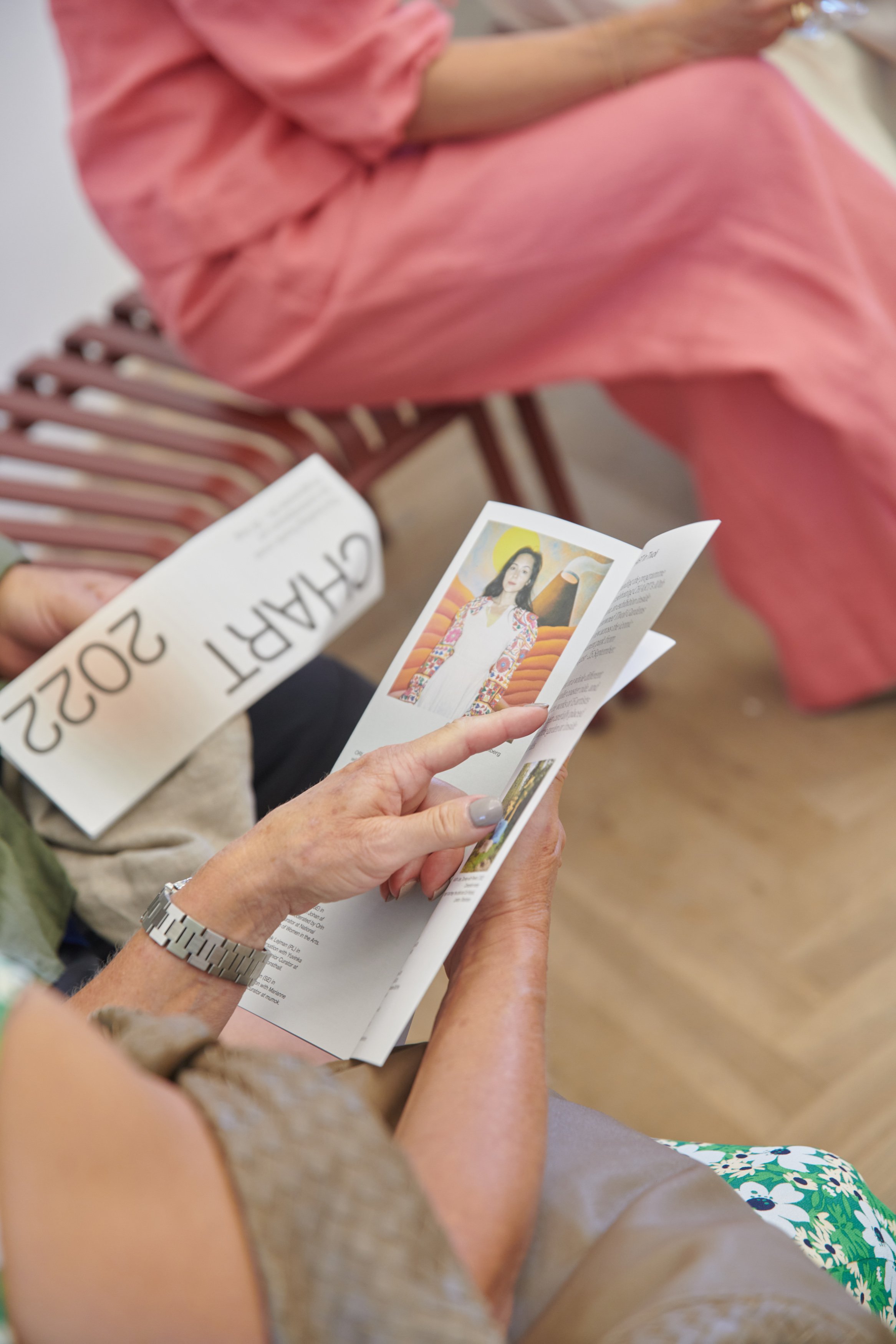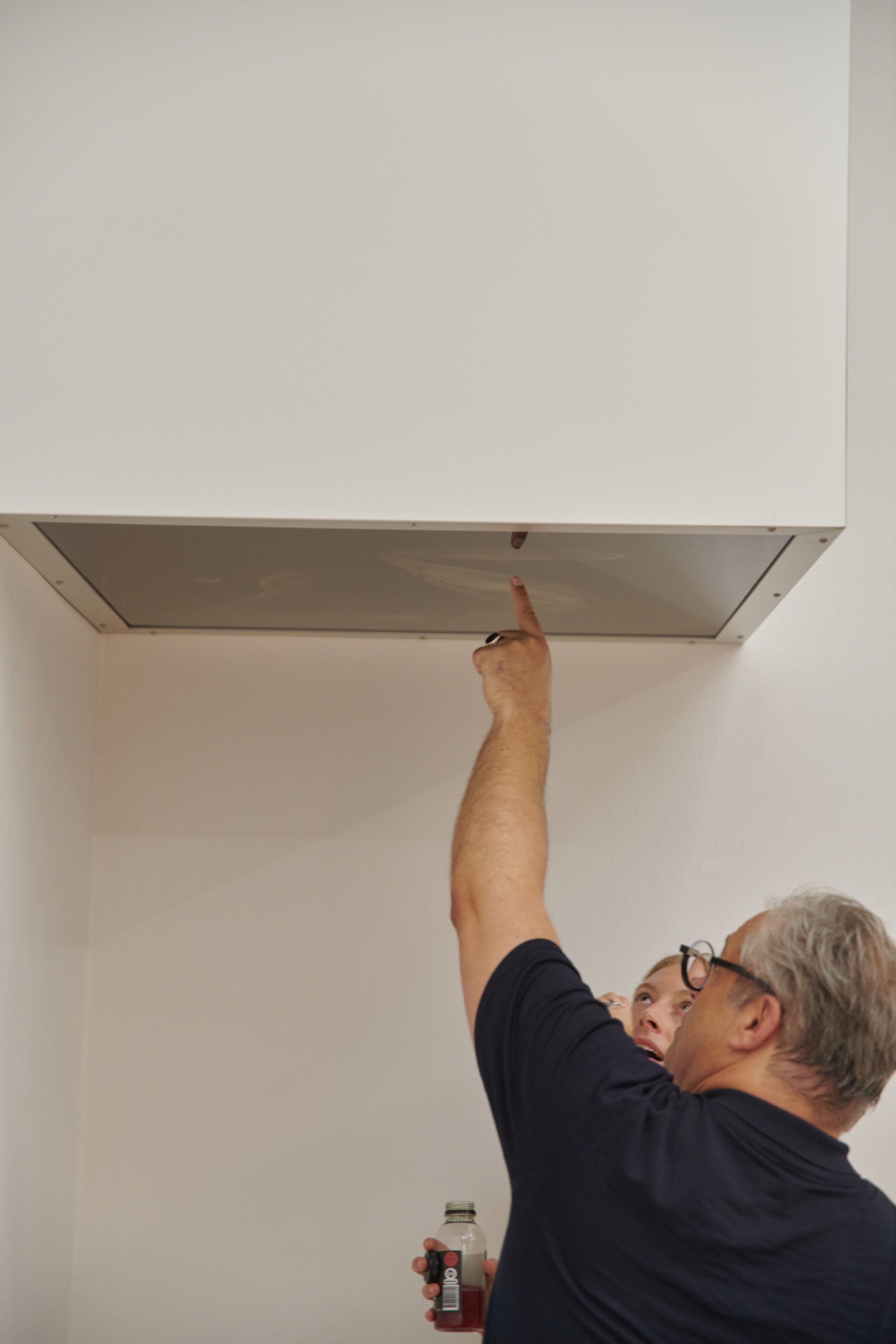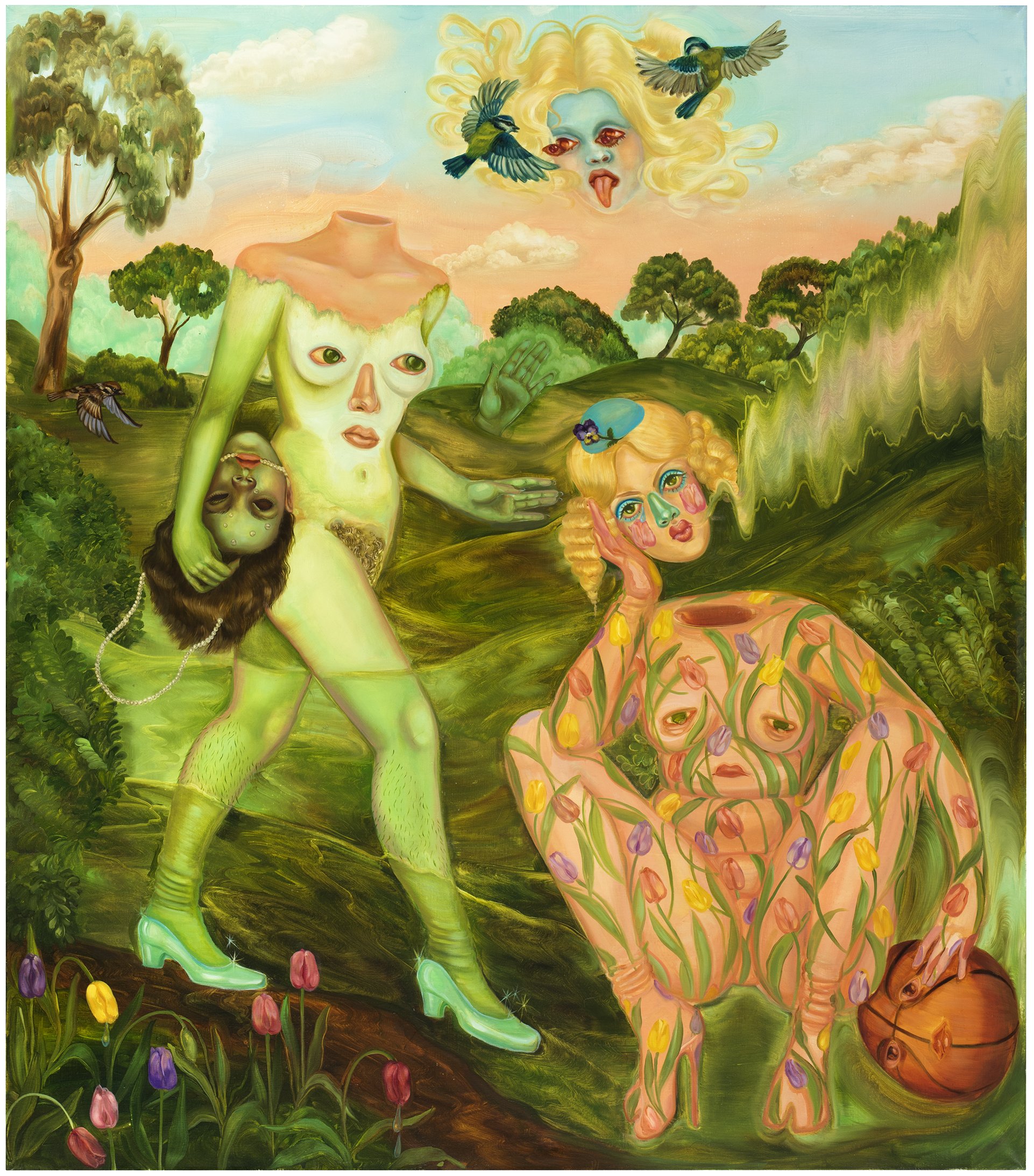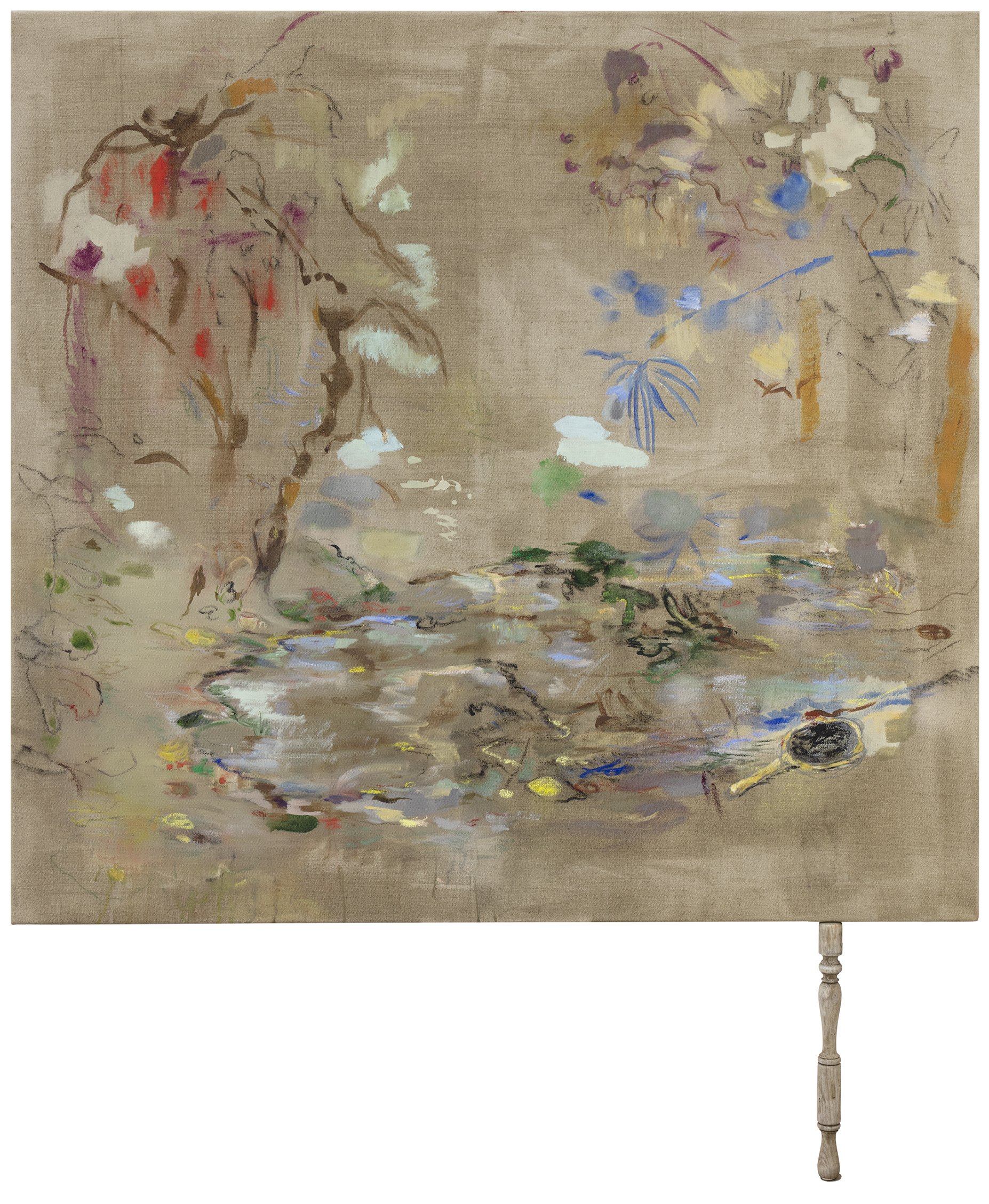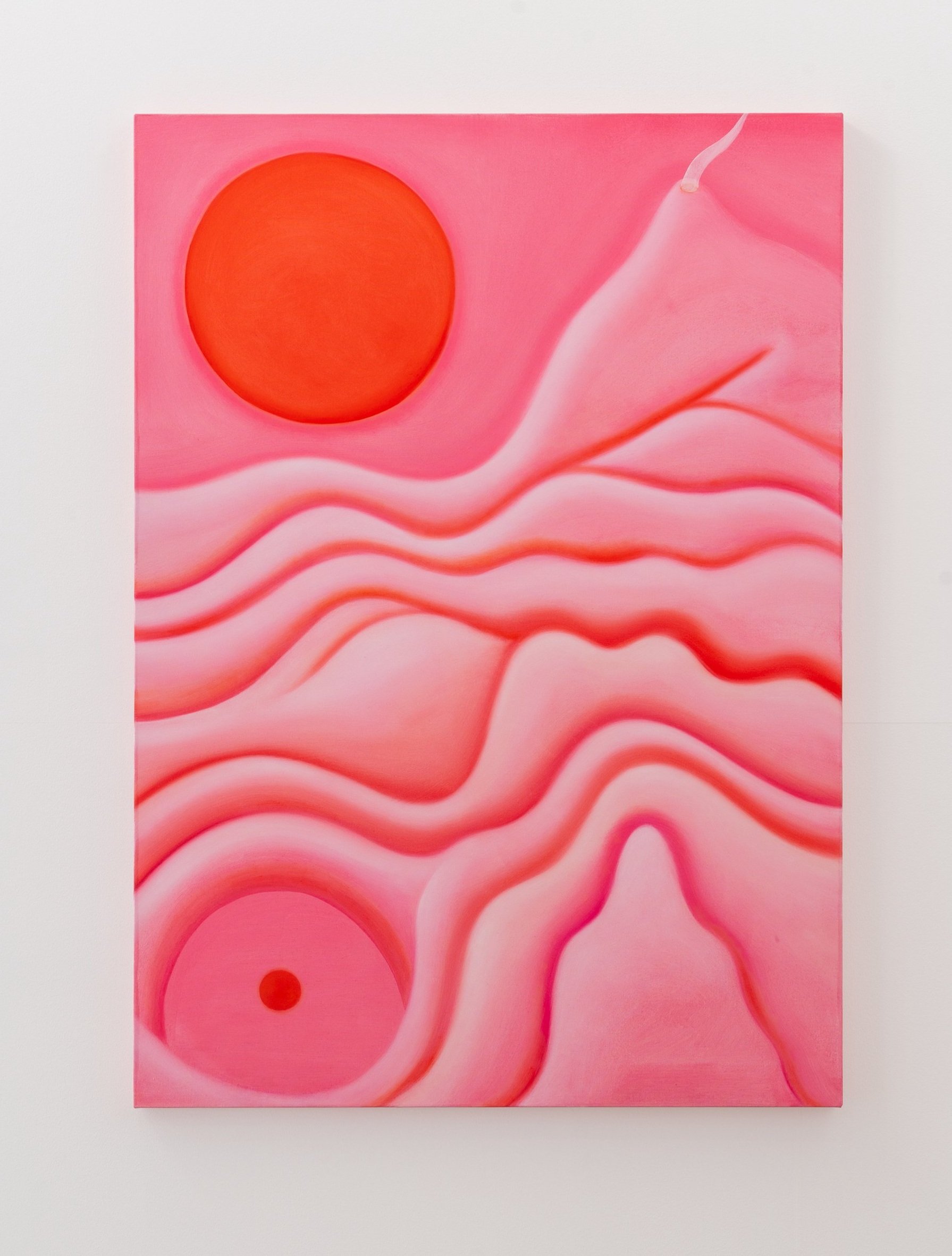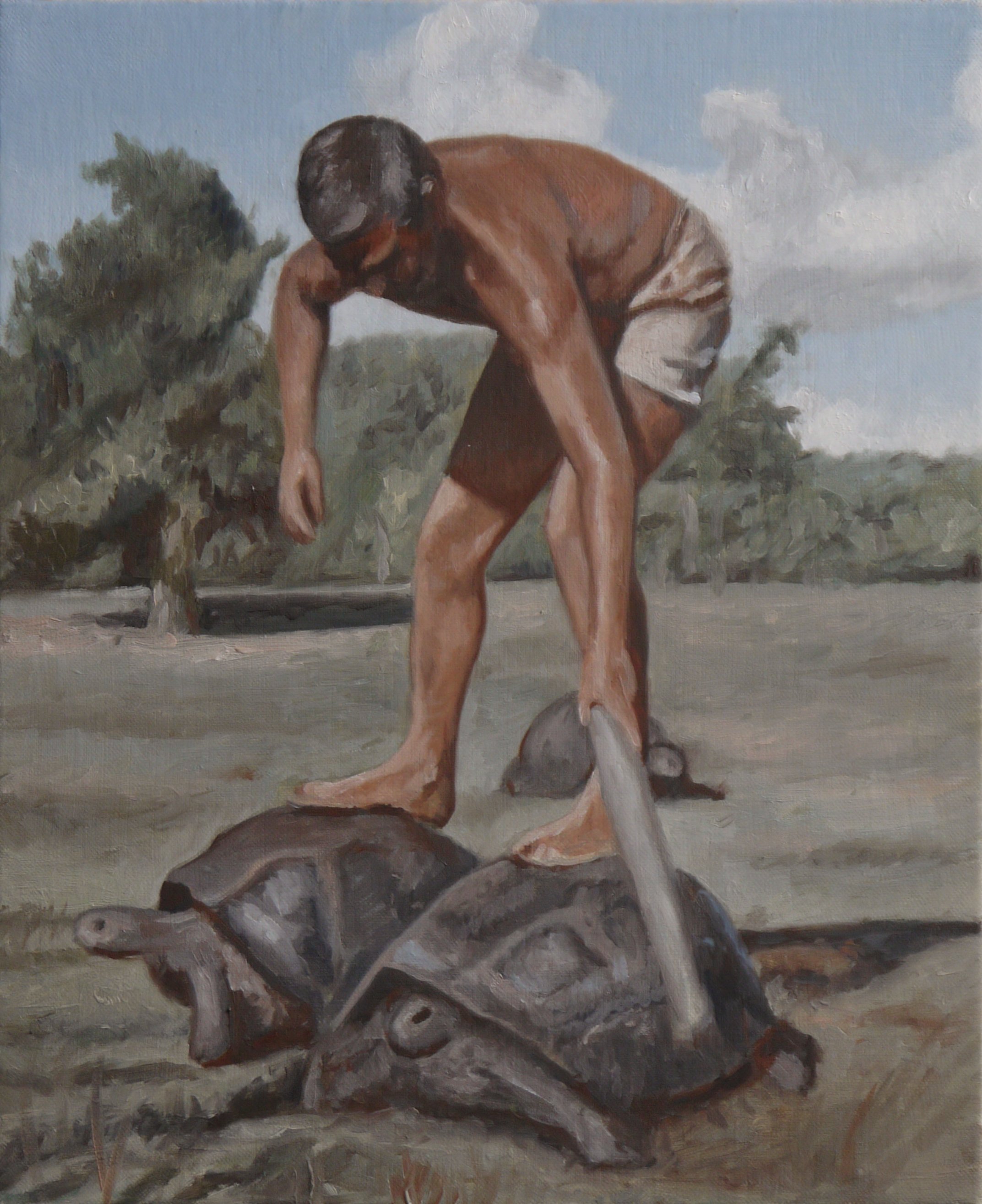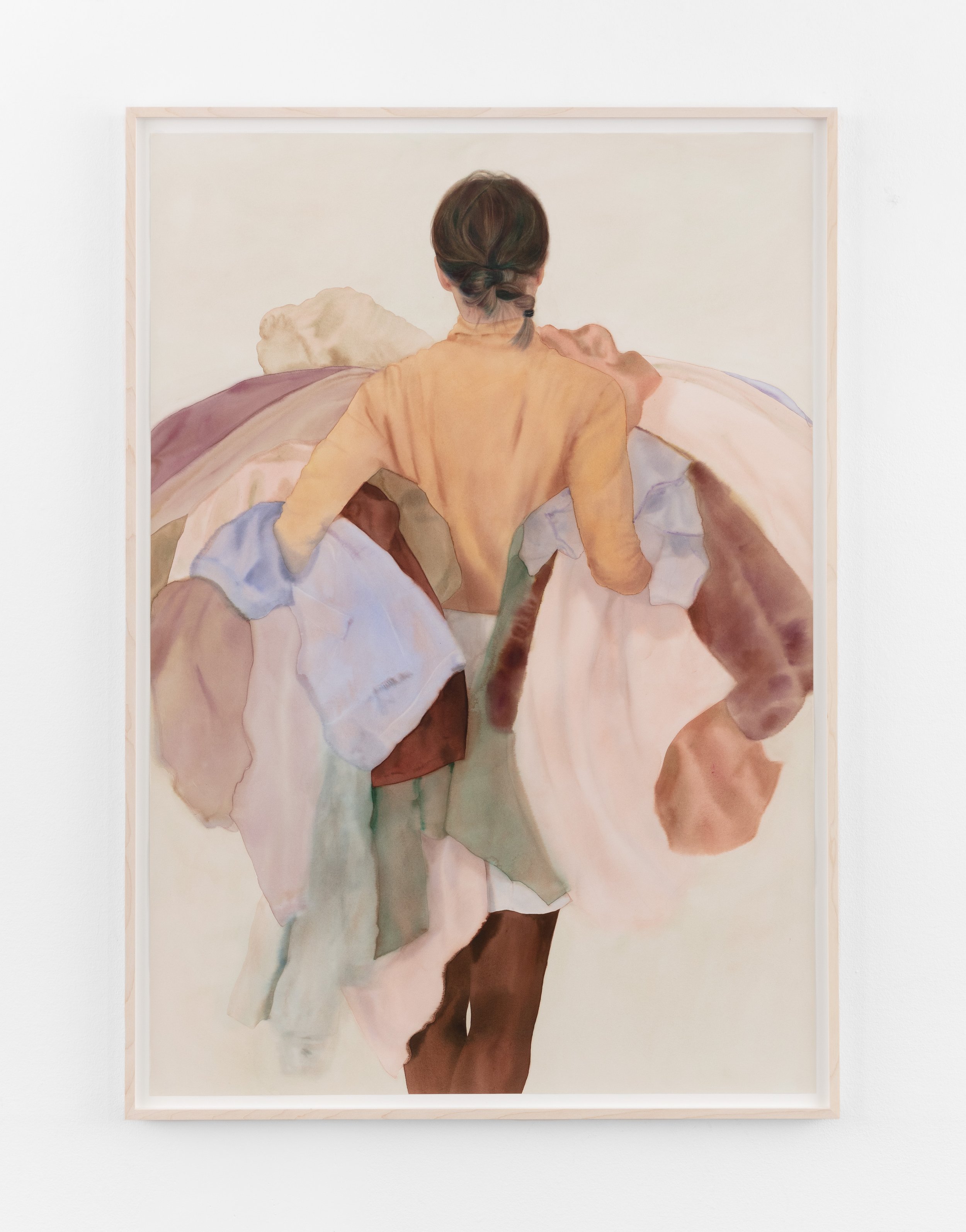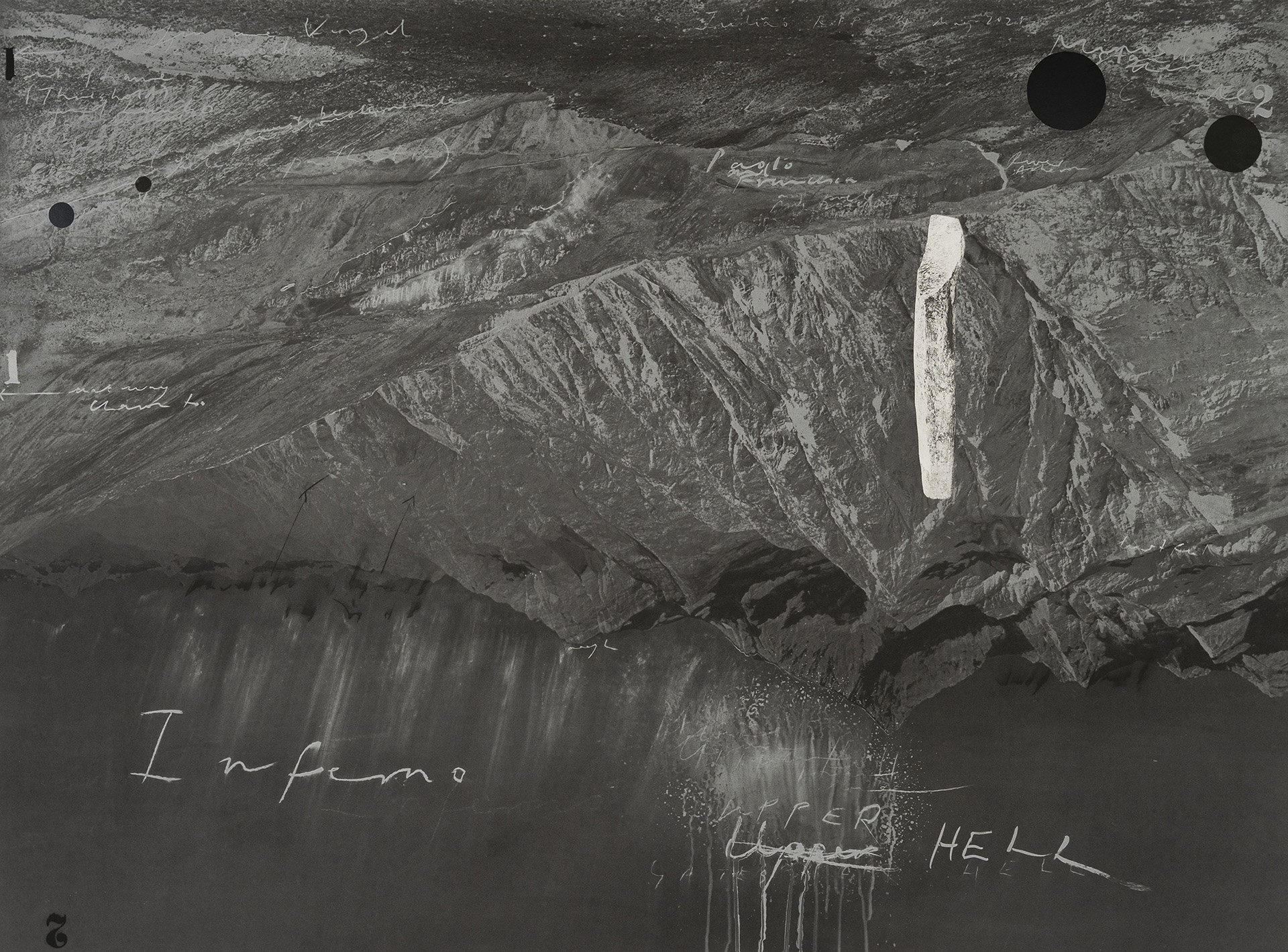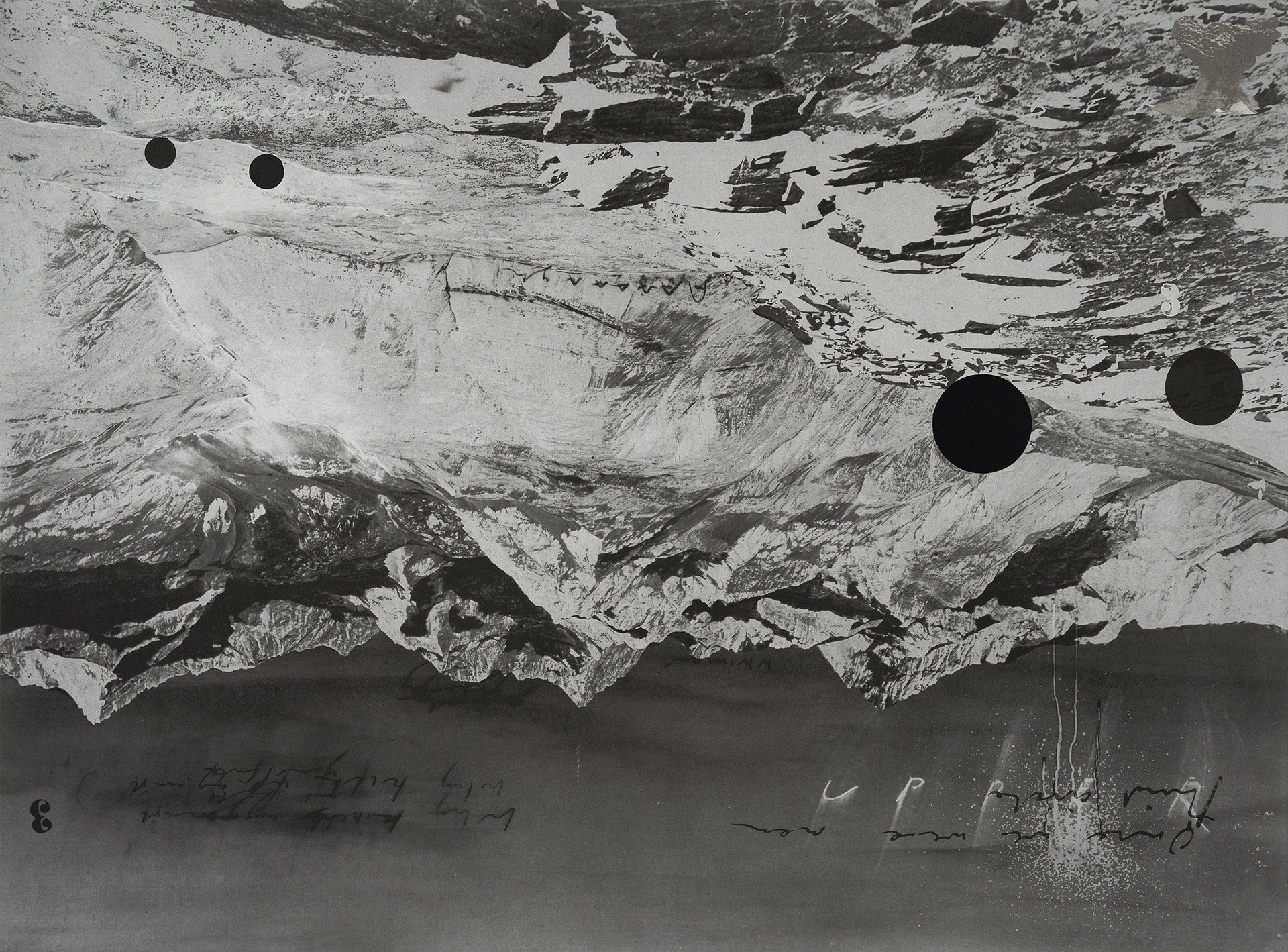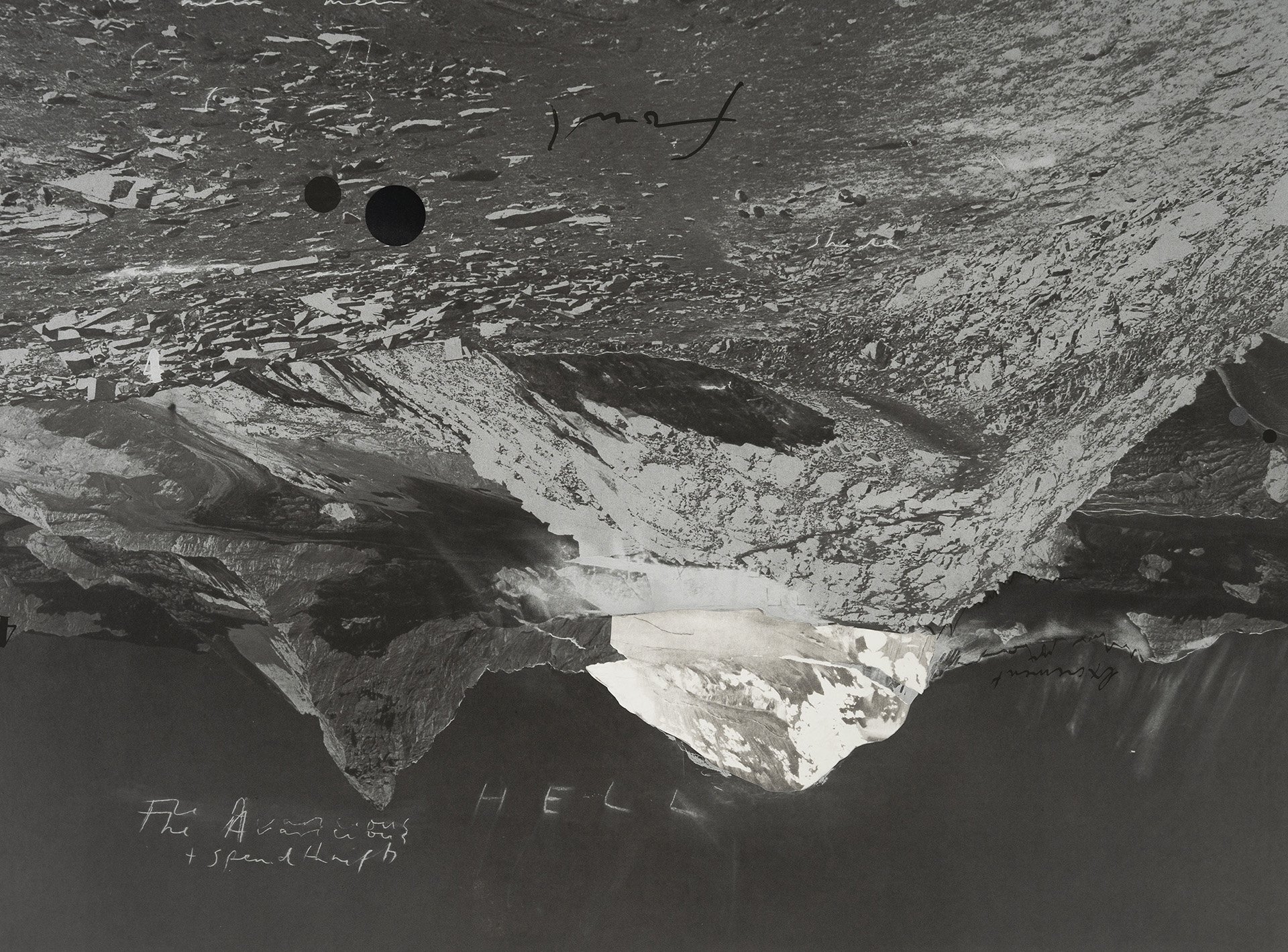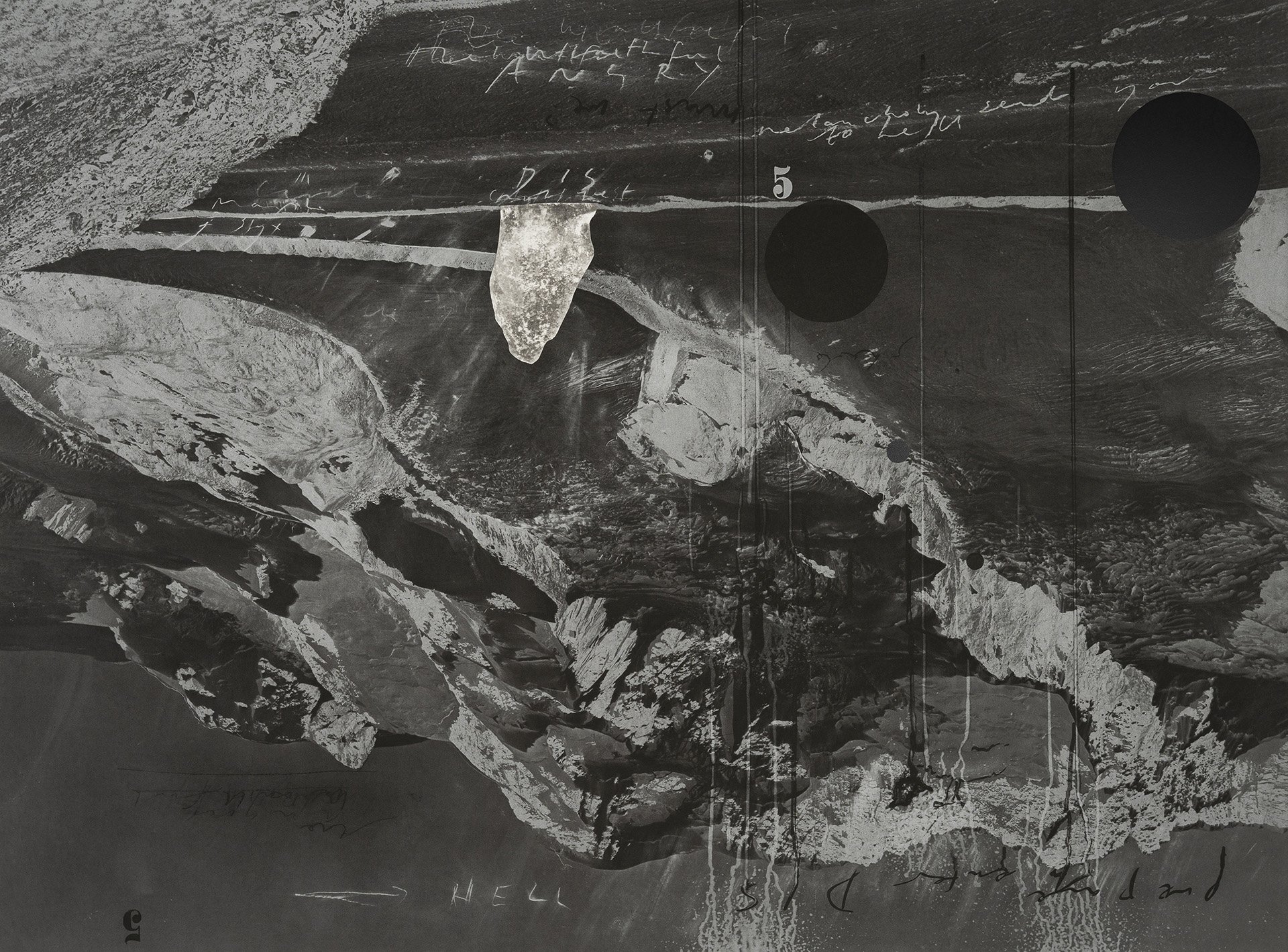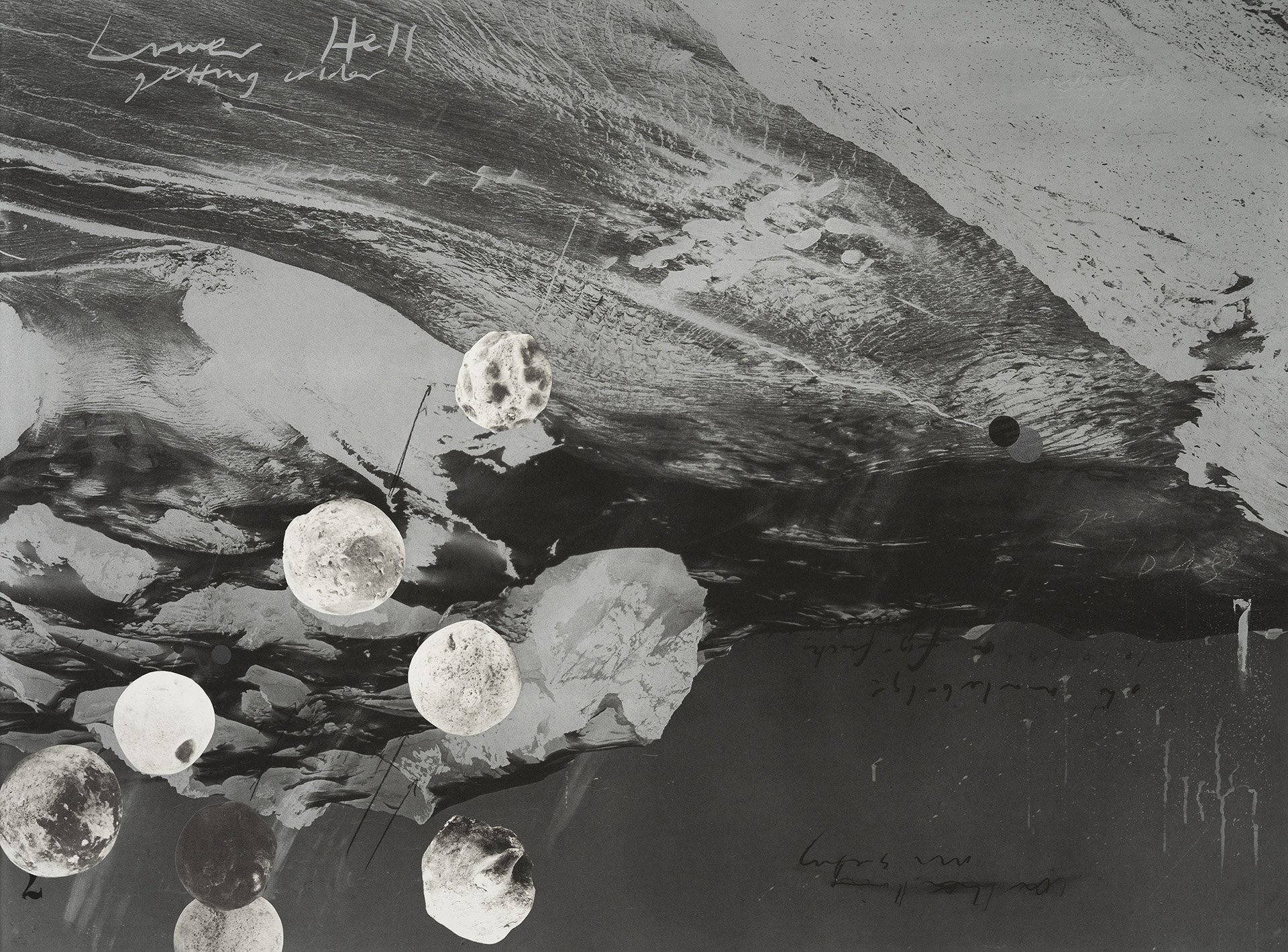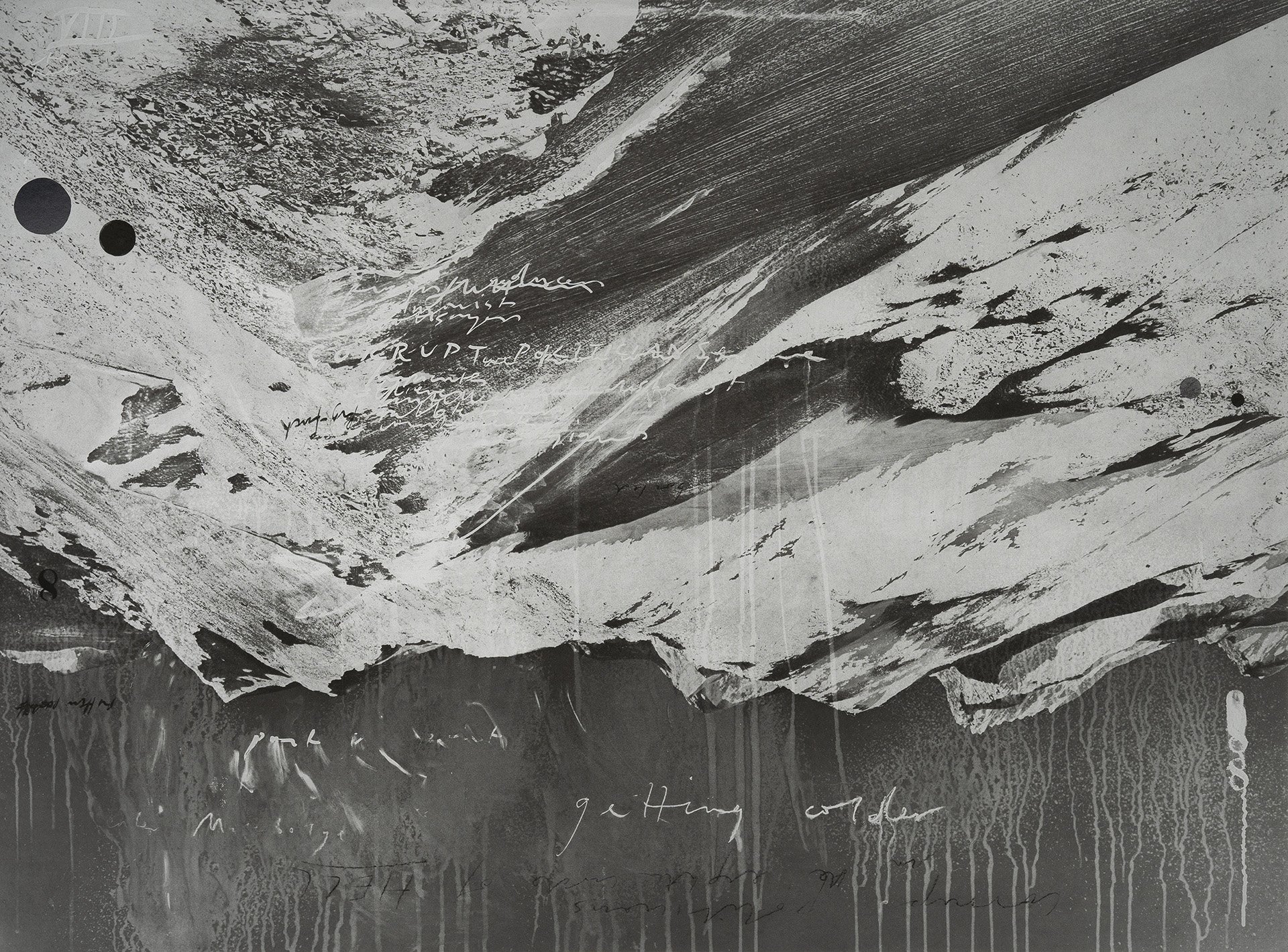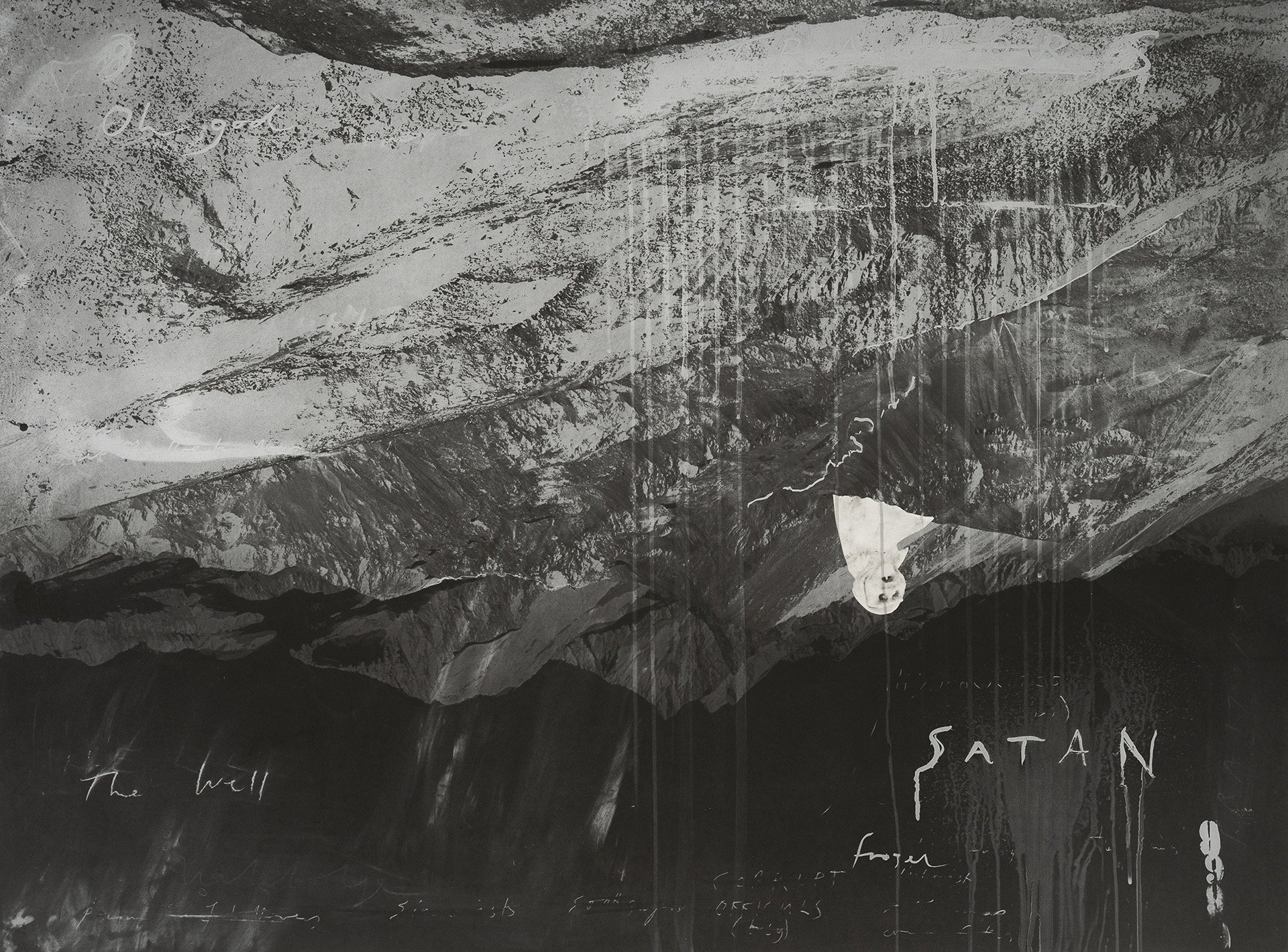The following two years, the fair continued to expand its public programming with a focus on inclusivity and sustainability, introducing an Experimental section with artist-run and alternative art spaces as well as the CHART Art Book Fair in 2021. For this year’s CHART Architectural Competition the theme was Bio-Architecture, inviting architects, artists and designers to create symbiotic relationships between nature and architecture. Reaching wider or different audiences triumphed during this year’s fair. In addition to exhibiting work at Charlottenborg, CHART invited fifteen artists, among whom are Austin Lee, Jasmin Franko and Nanna Abell, to present work inside the Tivoli Gardens—one of the world’s oldest theme parks, which opened its doors in 1843. Rather than your fair ticket, a ticket to the rides at Tivoli will allow you access to these works. The expanse of visitors continues with The Museum of Nordic Digital Art (MoNDA), which launched at the fair with works by ORLAN, Sabrina Ratté, and Morehshin Allahyari that can be found in the foyer of Charlottenborg and with an AR sculpture garden in the courtyard. MoNDA’s first exhibition, “Flags of Freedom,” a solo NFT show by Mette Winckelmann, can still be visited via the QR code on their website. It quickly became clear that new initiatives were a defining imperative of CHART 2022.
Noticeably different from the past years is that about a dozen more spaces participated in the fair, thirty-eight in total. All of them located in the Nordic region, although some galleries have spaces or viewing rooms elsewhere, such as Carl Kostyal in London and Milan. Others collaborate or engage in projects in the US such as the Norwegian Galleri Brandstrup with Sean Kelly Gallery in NYC and Loyal Gallery as a NADA member respectively. While the fair is structurally and conceptually moving forward, many of the works in the fair still felt more traditional materially, in the sense that the majority were wall works. Some beautifully refreshing nonetheless. Such as Emma Ainala’s surrealist paintings in which fairytale and nightmare meet shown by Helsinki Contemporary, or Anna Tuori’s gestural canvases presented in a collaborative installation with Jani Ruscica’s wall painting and video work for Galleri Anhava. But also the solo presentation at Carl Kostyal of Camilla Engström’s warm paintings that leave us longing for a gentle end of summer—especially in the northern Northern Hemisphere. Remarkable as well was Tacita Dean’s ten-meter-long photogravure, Inferno (2021), at BORCH Editions. The print, inspired by the stage and costume design Dean made for The Dante Project, a ballet on the occasion of the 700th anniversary celebration of the poet’s death, asks you to follow Dante and Virgil, depicted as two dots, across eight parts through the circles of hell, in an upside-down landscape scattered with textual fragments from the Divine Comedy and occasional satanic references like 666—leaving us hover between punishment and play for ten big steps.










